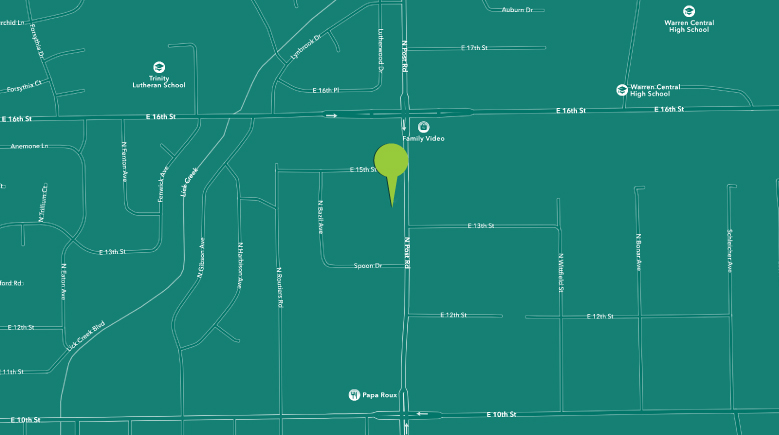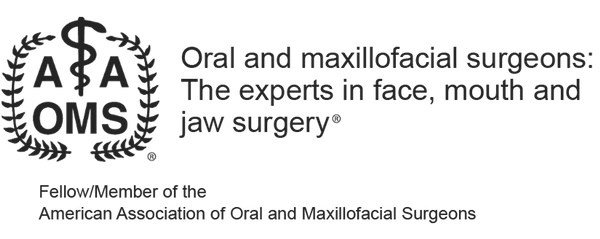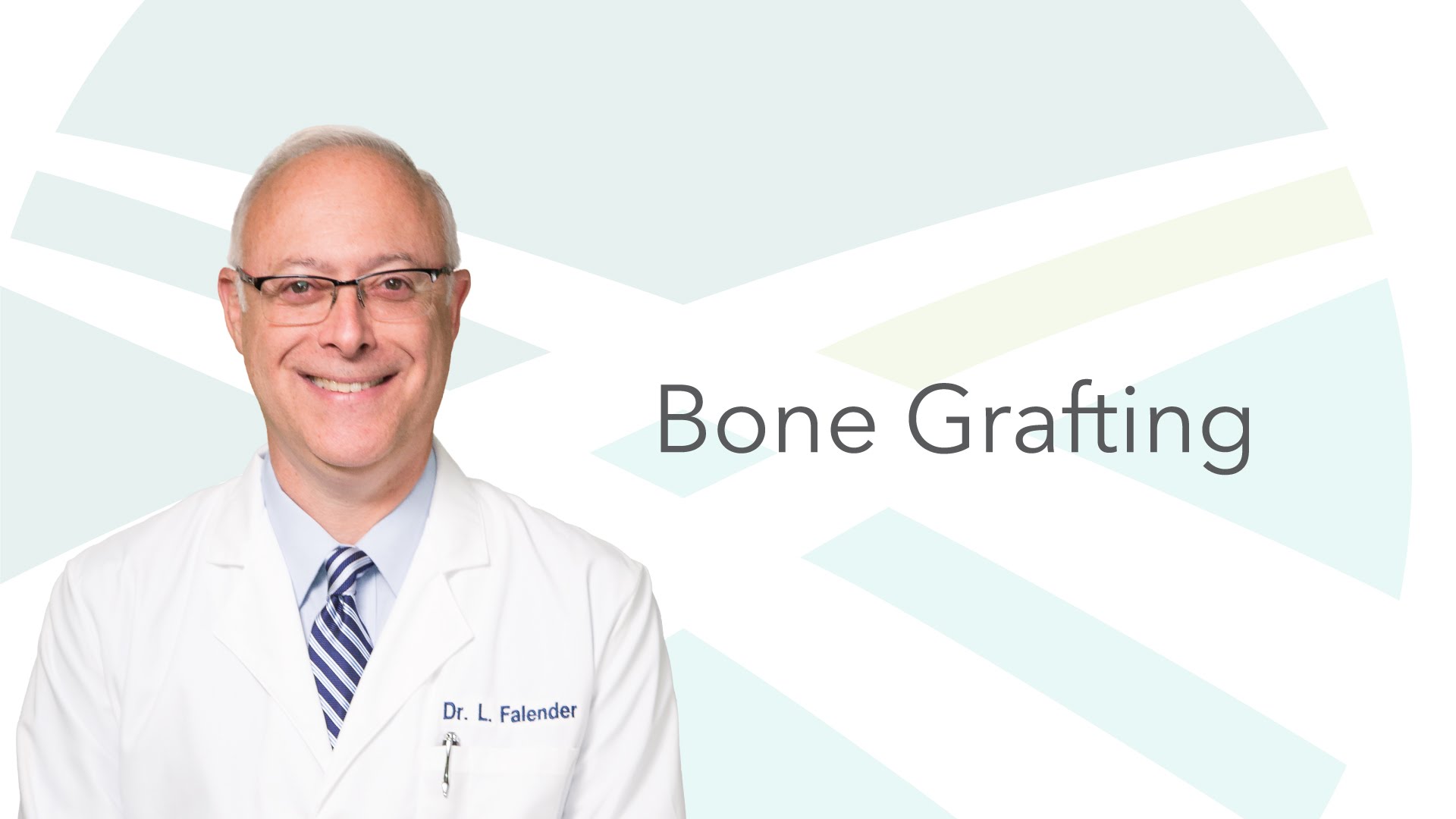When teeth are missing for an extended period of time, the bone around the empty tooth socket can begin to recede in a process called “resorption.” For the placement of dental implants to be successful, the bone surrounding the implant must be the proper height, width, and quality. Oral surgeons can perform bone grafting procedures to restore bone loss and prepare the mouth for dental implant placement.
All bone grafting procedures generally involve the placement of bone grafting material over the area of bone that is lacking in size, shape, or quality of bone necessary for dental implant placement. Bone graft material is made up of tiny granules of bone suspended in a gel that contains growth factors to help the bone naturally integrate with your jaw. The bone grafting material can be taken from your own body or a tissue bank.
Bone Grafting Prior to Dental Implants
Not everyone will need bone grafting, but the treatment necessary will depend on the patient’s bone shape and the desired location of the dental implants. There are many different types of bone grafting procedures, and we have outlined below a few of the most common bone grafting procedures patients receive in preparation for dental implant placements.
A sinus lift or sinus augmentation procedure adds bone between the jaw and the sinus, which lies just above your back molars on either side of your nose. The sinus is a hollow cavity, and when the bone between the sinus and the mouth is too thin, there is not enough bone to place a dental implant without entering the sinus, which can cause serious complications. The sinus lift procedure increases the amount of bone behind the upper molars to protect your sinus and support your dental implant.
Socket preservation grafts are used immediately after a tooth extraction to prevent the rapid bone loss that occurs after losing a tooth. The bone graft material is typically placed into the tooth socket immediately after the tooth is extracted, eliminating the need for multiple different procedures.
When bone loss has already occurred, ridge augmentation or ridge expansion grafts can restore the lost bone to make room for a secure dental implant. The alveolar ridge is the bone beneath the gums that holds all of your teeth. Ridge expansions increase the bone width to allow for a secure dental implant placement. In some cases, immediate dental implants can be placed during a ridge splitting procedure.
In some severe cases of bone loss, a bone grafting procedure called nerve repositioning is necessary to protect the inferior alveolar nerve, which gives sensation to the lower lip and chin. Sometimes placing dental implants in the lower jaw can increase the risk of damaging this nerve, but oral surgeons can reposition the nerve and place a bone graft to keep it in place.
Bone Grafting at Indianapolis Oral Surgery & Dental Implant Center
Our practice uses advanced treatments that drastically speed up the healing and bone regeneration process, allowing you to receive your dental implants quickly and safely. We offer platelet-rich plasma (PRP) and bone morphogenetic protein treatments that use your body’s own growth and healing factors to speed up the healing process. Contact our office to schedule your consultation and learn more about these time-saving treatments.
To learn more about how we can help improve your smile, please request an appointment now.
SCHEDULE A CONSULTATION
Please contact our office by either filling out the form below or by calling us at 317-900-4535

Indianapolis Oral Surgery & Dental Implant Center






INDIANAPOLIS
Indianapolis Oral Surgery & Dental Implant Center
1320 N. Post Rd
Indianapolis, IN 46219
Main: 317-900-4535
Hours:
Se habla Español
SOCIAL





